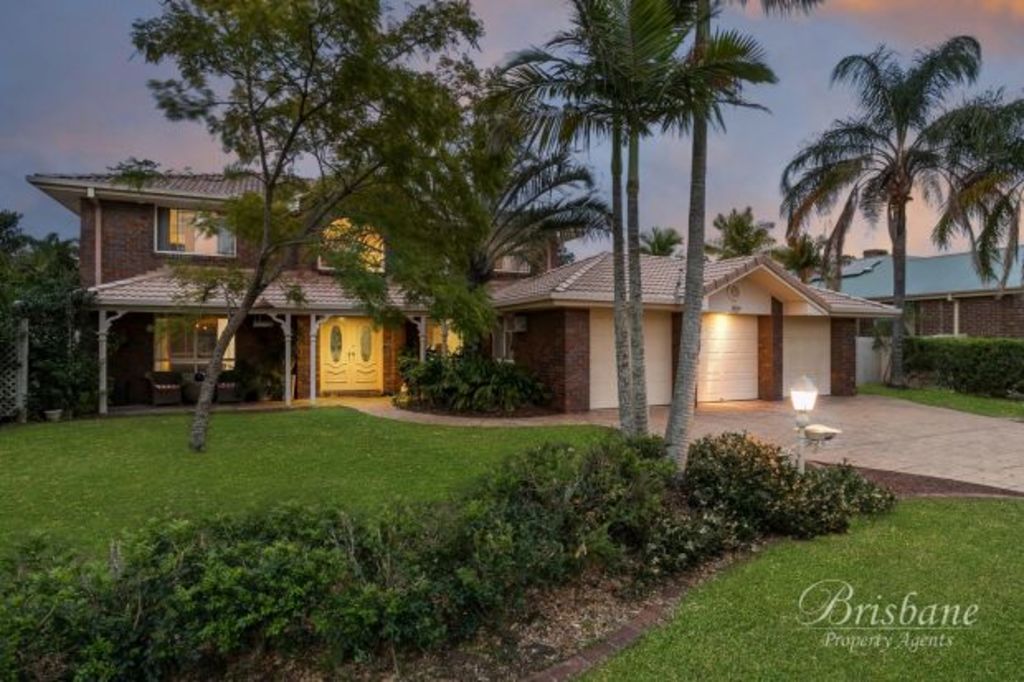A unique population in decline: The Brisbane suburbs nearing the end of their life cycle

Over the past decade, greater Brisbane’s population has swelled from 1.9 million to nearly 2.35 million people.
Across the city, which the Australian Bureau of Statistics (ABS) lists as encompassing a massive 394 suburbs, it’s been a period of rapid growth, with census data showing Brisbane’s population increased 23.7 per cent between 2006 and 2016.
Suburbs like North Lakes, Springfield and Rochedale led the way, thanks to large-scale greenfield developments and masses of new infrastructure in those areas.
But in Brisbane’s south-west, in a cluster of suburbs known as the Centenary suburbs, their population is in decline – and has been in free-fall since 2006.
Made up of Jindalee, Westlake, Middle Park, Jamboree Heights, Riverhills and Mount Ommaney, an analysis of census data by Domain reveals some of these suburbs have fallen in population by up to 5.5 per cent over the past decade.
Demographer Mark McCrindle confirms these are significant losses, given the rest of Brisbane increased by 23.7 per cent during the same period.
“There’s only five or six suburbs that haven’t increased in population over the last decade and the fact that most of them are all in this one part of Brisbane is very unique,” Mr McCrindle says.
“Westlake, Middle Park and Jindalee have all had significant declines over the last decade and many of the other suburbs have had significant population declines even within the last year.
“It’s very rare to get this many suburbs right next to each other, in a capital city, with such significant population declines. It’s fascinating.”
While it may be a rare occurrence, it’s not an indictment on the area’s liveability – rather, the suburbs are nearing the end of their life cycle, Mr McCrindle says.
- Related: Why this 1970s home just sold for $6.5 million
- Related: The best multi million-dollar homes in…Logan
- Related: Where home ownership has declined the most
“There’s nothing wrong with these suburbs – there’s amenities, they’re nice places – what’s happened is the household structures have changed. The median age of residents in these suburbs is much older than the rest of Brisbane,” he says.
“Amazingly, all of the suburbs are almost all four-bedroom homes. So we have a massive housing capacity, with an ageing population, where the children have grown up here and left home … the average number of residents per room is less than one person per room.
“You could say this is the ‘spare room central’ of Brisbane.”
ABS data shows the Centenary suburbs fell 0.8 per cent during the 12 months between 2015 to 2016 alone, decreasing from 34,128 residents to 33,863.
Mr McCrindle says these suburbs are largely homogenous, which is why the population has declined together.
“If you look at Sunnybank, which is a similar era, there’s a lot more cultural diversity and regeneration in the area,” he says. “Whereas these suburbs are very Anglo areas – everyone’s kids have grown up, left home and the original residents have all stayed and grown older,” he says.
“What you do get in older suburbs where there’s been renewal and regeneration, particularly in places like West End, Indooroopilly, South Brisbane and Coorparoo … they’re older but they’ve gone through a gentrification boom.
“These Centenary suburbs haven’t had that. There’s been no increase in terms of new dwellings. They’ve stayed the same since the suburbs were declared.
“Normally population movement within a suburb occurs a bit more organically. But the experience in the 1970s was quite different to how it is now. Back then it was about bulldozing and simply building all the same size homes.
“Without that organic growth and character, you get that homogenous type and the population declines all at once.”
Local real estate agent Cathy Lammie says that while the number of residents living in Brisbane’s south-western suburbs may have declined over the past decade, the empty nesters who have remained there is testament to the suburb’s appeal.
“These are beautiful suburbs that are largely self-contained. The people who live here have lived here a long time because they love it and have everything they need here,” she says.
Ms Lammie is seeing more empty nesters starting to sell up and move on though. She’s selling a four-bedroom lowset brick home at Westlake Drive, Westlake, for vendors who have been there more than 35 years.
And it’s only a matter of time before the population decline starts to turn around, Mr McCrindle says.
“As the empty nesters begin to move out, younger families will start to move back in. Two residents might be replaced with four and the population gradually begins to increase again,” he says.
“Also, with the change in population you could expect that regeneration, so that might start with homes getting knocked down, a new strip of shops … and it gets a new feel in the area which in turn attracts more people and then more development, maybe things like townhouses.
“Suburbs close to the city tend to regenerate faster but it will come. These suburbs will reach that new stage in their life cycle and the change will come.”
We recommend
States
Capital Cities
Capital Cities - Rentals
Popular Areas
Allhomes
More







